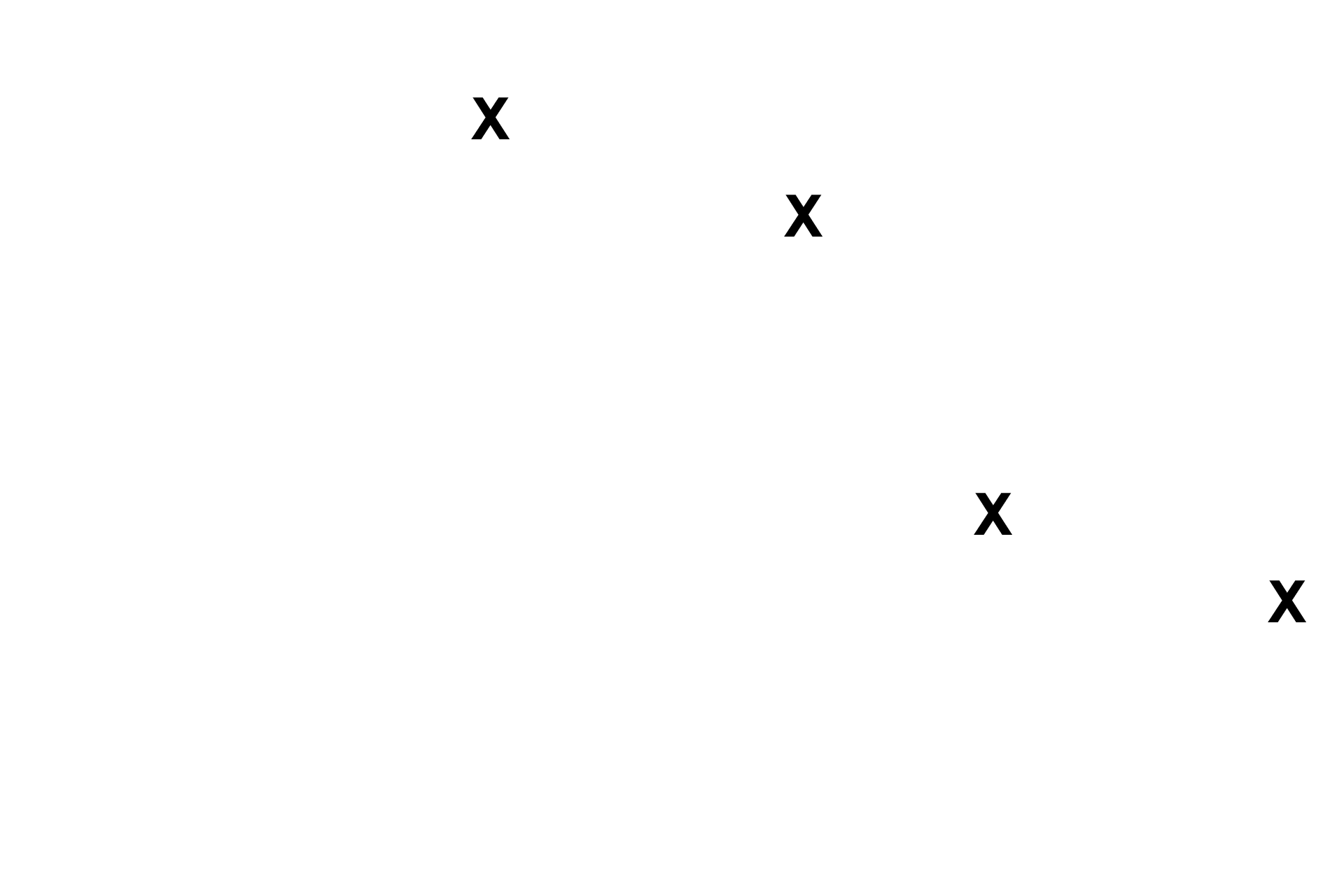
Bone: the tissue
Mature bone is organized as distinct lamellae and is referred to as lamellar bone. However, bone tissue is first deposited in a more random manner, referred to as immature or woven bone. This image shows an example of woven bone which is produced during fetal development and during bone repair and remodeling. Over time, stronger lamellar bone replaces the woven bone. Compact woven bone, 200x

Woven bone >
The first bone deposited is woven, immature, bone. Woven bone does not have an organized, lamellar appearance and osteocytes appear to be scattered throughout the matrix. Osteocytes are more numerous than in lamellar bone and more spherical. In addition, woven bone is less mineralized and has more ground substance with less organized collagen fibers.

Osteocytes >
Because woven bone lacks lamellae, osteocytes appear more randomly arranged in the matrix. Additionally, osteocytes assume a more spherical shape. While lacunae are evident in this decalcified preparation, canaliculi cannot be seen.

Extracellular matrix >
Compared with mature bone, the matrix of woven bone is less well mineralized and contains fewer collagen fibers that are deposited in a less organized manner. These features contribute to the reduced strength of woven bone. Due to its lower collagen content, the matrix appears more bluish than mature bone.

Periosteum >
The periosteum surrounding this bone is also not as highly organized as mature bone. The tissue to far left is skeletal muscle.